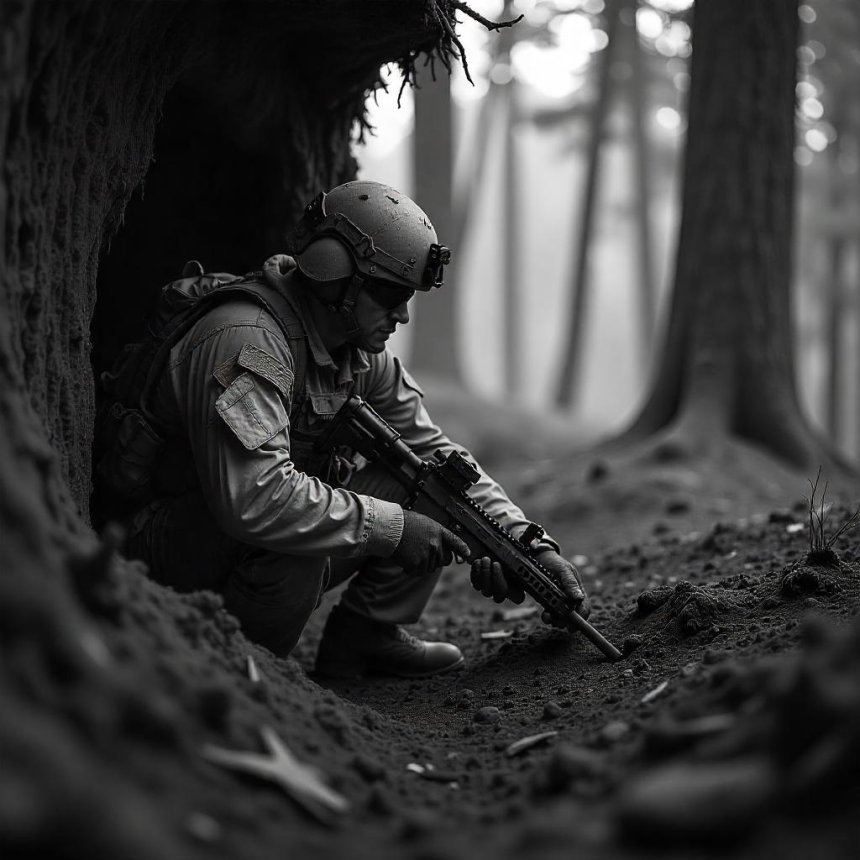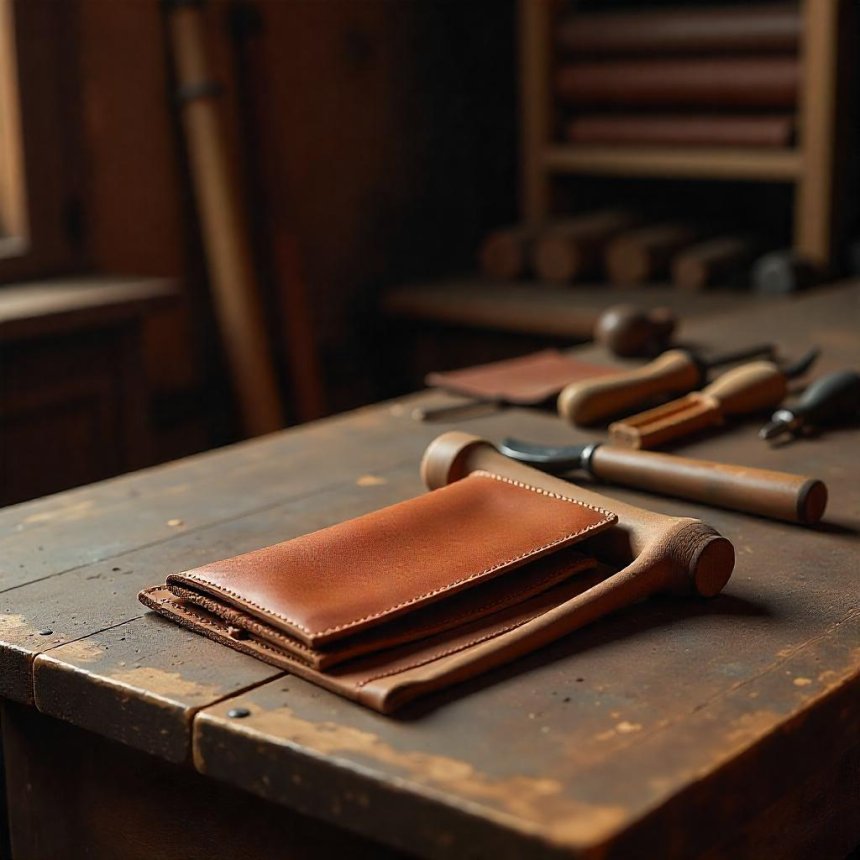How to Build a Survival Shelter Like a Special Forces Operative
Learn how to build a survival shelter like a Special Forces operative! Step-by-step guide with military survival tips, shelter types, and common mistakes to avoid. Perfect for preppers & outdoor enthusiasts.
Survival in the wilderness demands skill, adaptability, and the right knowledge—especially when it comes to shelter. Special Forces operatives are trained to build shelters in extreme conditions with minimal resources. Whether you're a prepper, an outdoor enthusiast, or just someone who wants to be prepared, learning how to construct a survival shelter like a military operative could save your life.
In this guide, you'll learn:
✅ The key principles of survival shelter construction
✅ Step-by-step instructions for building different types of shelters
✅ Pro tips from military survival experts
✅ Common mistakes to avoid
Let’s dive in.
Why Shelter is Your #1 Survival Priority
In a survival scenario, exposure to the elements is one of the biggest killers. Hypothermia, heatstroke, and dehydration can set in quickly without proper protection. The Rule of Threes states that you can survive:
- 3 minutes without air
- 3 hours without shelter (in extreme conditions)
- 3 days without water
- 3 weeks without food
Shelter is your immediate lifeline.
Special Forces Shelter-Building Principles
Military operatives follow core principles when constructing survival shelters:
1. Location, Location, Location – Avoid low ground (cold air sinks), flood zones, and insect nests.
2. Insulation is Key – Use natural materials (leaves, grass, pine needles) to trap heat.
3. Low Visibility – If evasion is necessary, your shelter should blend into the environment.
4. Quick Construction – Time is critical; build efficiently with available resources.
5. Adaptability – Use what’s around you—no need for perfect materials.
Step-by-Step: How to Build 5 Special Forces Survival Shelters
1. The Lean-To Shelter (Fast & Simple)
Best for: Short-term protection from wind and rain.
Steps:
1. Find a sturdy ridgepole (a long branch).
2. Prop one end against a tree or rock at a 45-degree angle.
3. Layer smaller branches along the sides.
4. Cover with leaves, moss, or a tarp for insulation.
Pro Tip: Angle the opening away from prevailing winds.
2. The Debris Hut (Best for Cold Weather)
Best for: Extreme cold and long-term survival.
Steps:
1. Build a frame with a central ridgepole and two support sticks.
2. Pile branches and foliage thickly over the frame (at least 3 feet).
3. Crawl inside and seal the entrance with more debris.
Pro Tip: Add a layer of pine needles inside for extra insulation.
3. The A-Frame Shelter (Sturdy & Weatherproof)
Best for: Rainy or snowy conditions.
Steps:
1. Create an A-frame with two long branches tied at the top.
2. Cover the sides with smaller branches and foliage.
3. Ensure the roof is thick enough to repel water.
Pro Tip: Dig a small trench around the shelter to divert rainwater.
4. The Snow Cave (For Arctic Survival)
Best for: Deep snow environments.
Steps:
1. Dig into a snowbank horizontally.
2. Create a raised sleeping platform (cold air sinks).
3. Poke a small ventilation hole to prevent CO2 buildup.
Pro Tip: Smooth the interior walls to prevent dripping meltwater.
5. The Poncho Shelter (Military-Style Fast Setup)
Best for: Emergency situations with limited time.
Steps:
1. Use a poncho, tarp, or emergency blanket.
2. Tie corners to trees or anchor with rocks.
3. Adjust height for wind protection.
Pro Tip: Use paracord for quick adjustments.
Essential Survival Shelter Tips from Special Forces
✔ **Stay Small** – A smaller shelter retains body heat better.
✔ Use Natural Materials – Bark, leaves, and grass are excellent insulators.
✔ Avoid Wet Ground – Elevate your bed with branches or a sleeping pad.
✔ Test Before Dark – Always finish construction before nightfall.
✔ Prioritize Fire – Build near a fire (but not too close) for warmth.
Common Mistakes to Avoid
❌ Choosing the Wrong Location – Avoid valleys, dead trees, and insect nests.
❌ Poor Insulation – A thin shelter won’t retain heat.
❌ Overcomplicating It – Speed matters in survival situations.
❌ Ignoring Wind Direction – A poorly angled shelter won’t block wind.
Final Thoughts
Building a survival shelter like a Special Forces operative isn’t about perfection—it’s about speed, efficiency, and adaptability. Practice these techniques before you need them, and you’ll be prepared for any wilderness emergency.
Now it’s your turn: Have you ever built a survival shelter? Share your experiences in the comments!
Share
What's Your Reaction?
 Like
0
Like
0
 Dislike
0
Dislike
0
 Love
0
Love
0
 Funny
0
Funny
0
 Angry
0
Angry
0
 Sad
0
Sad
0
 Wow
0
Wow
0


















